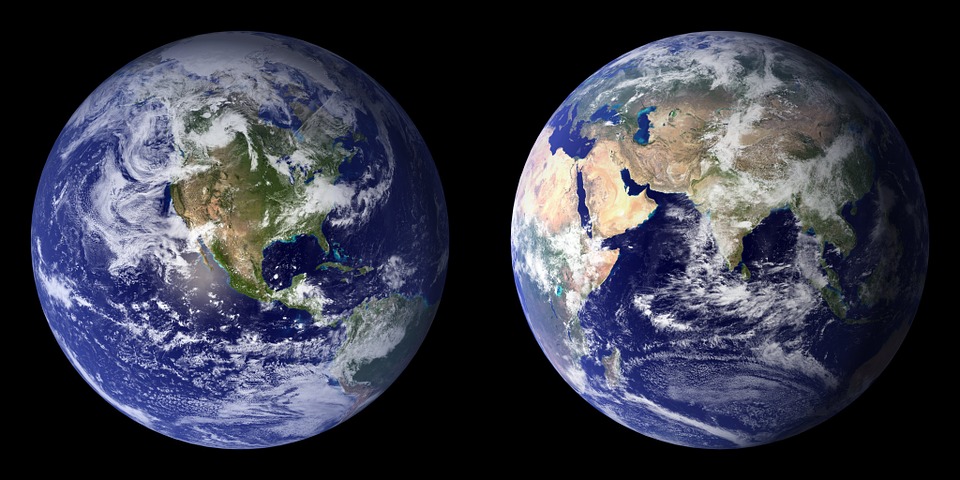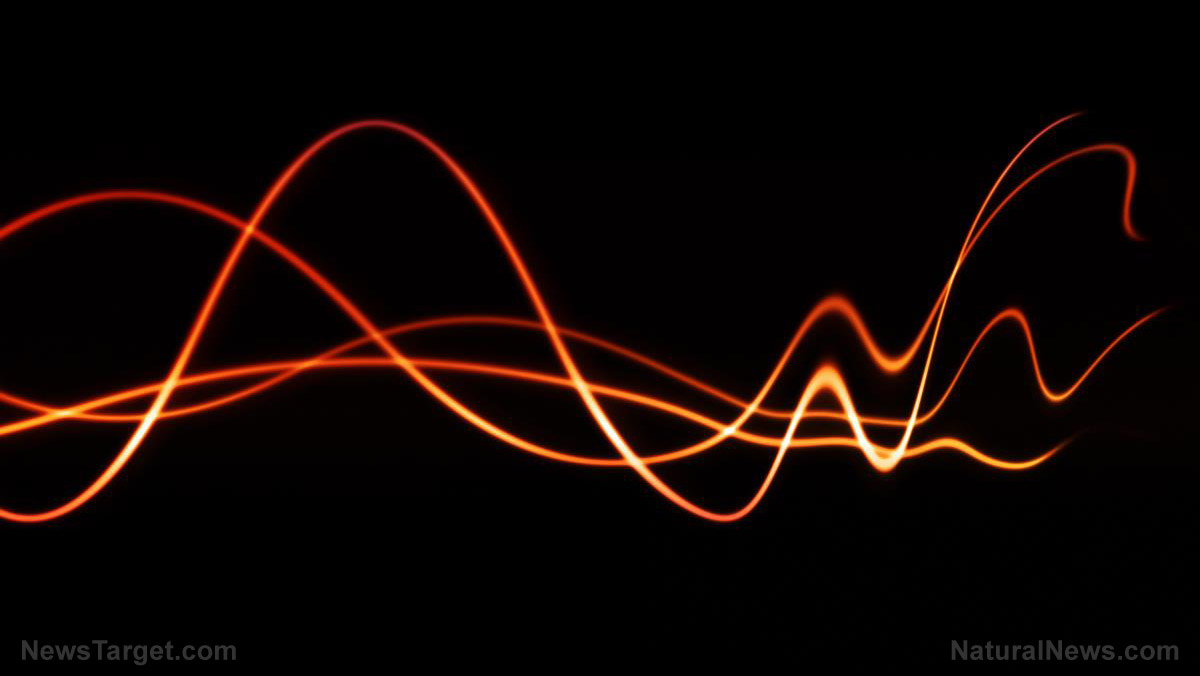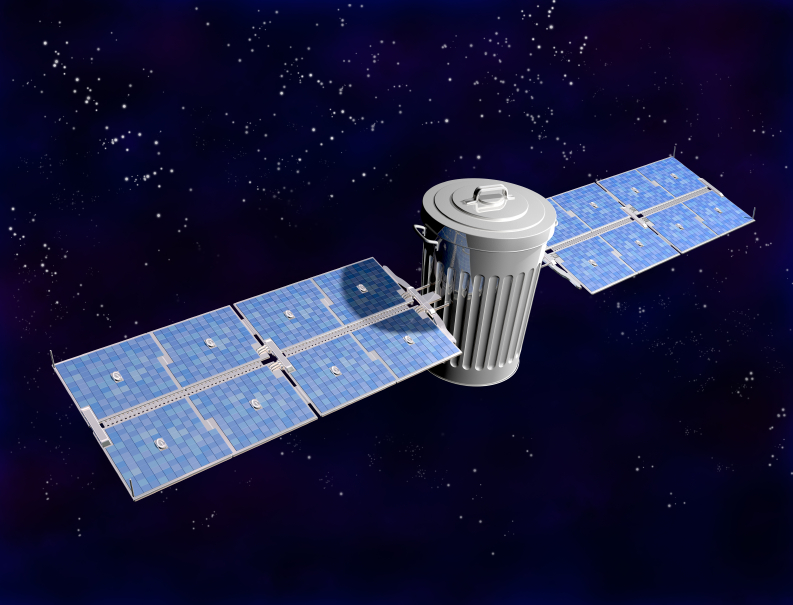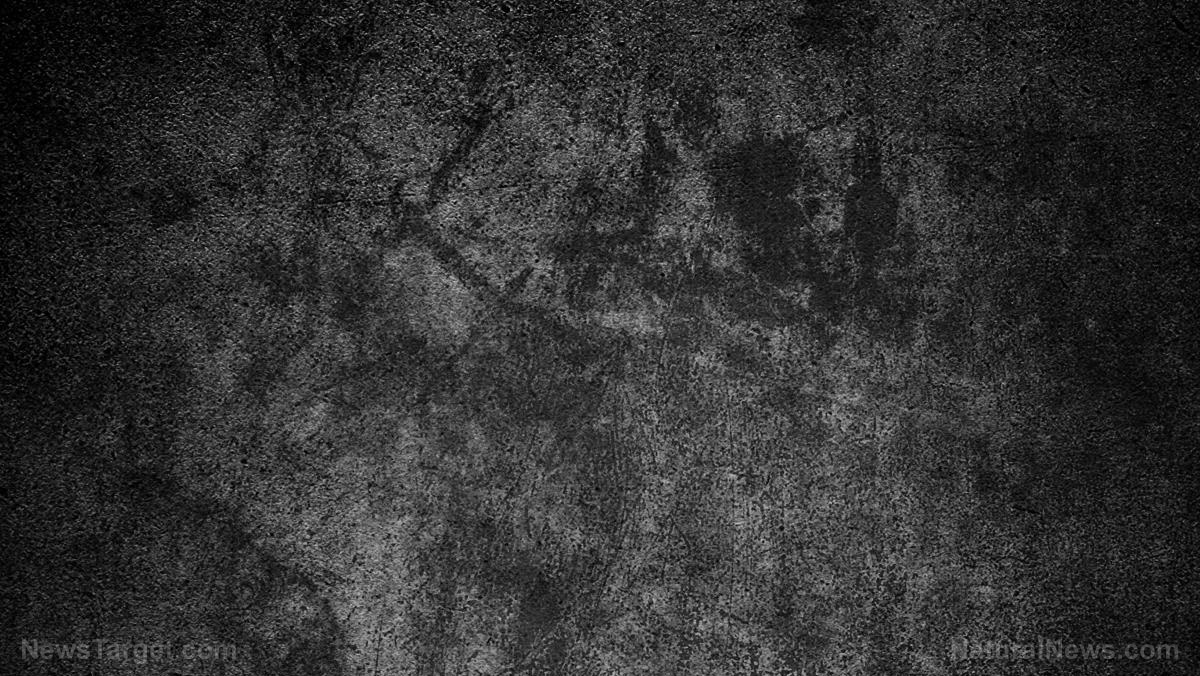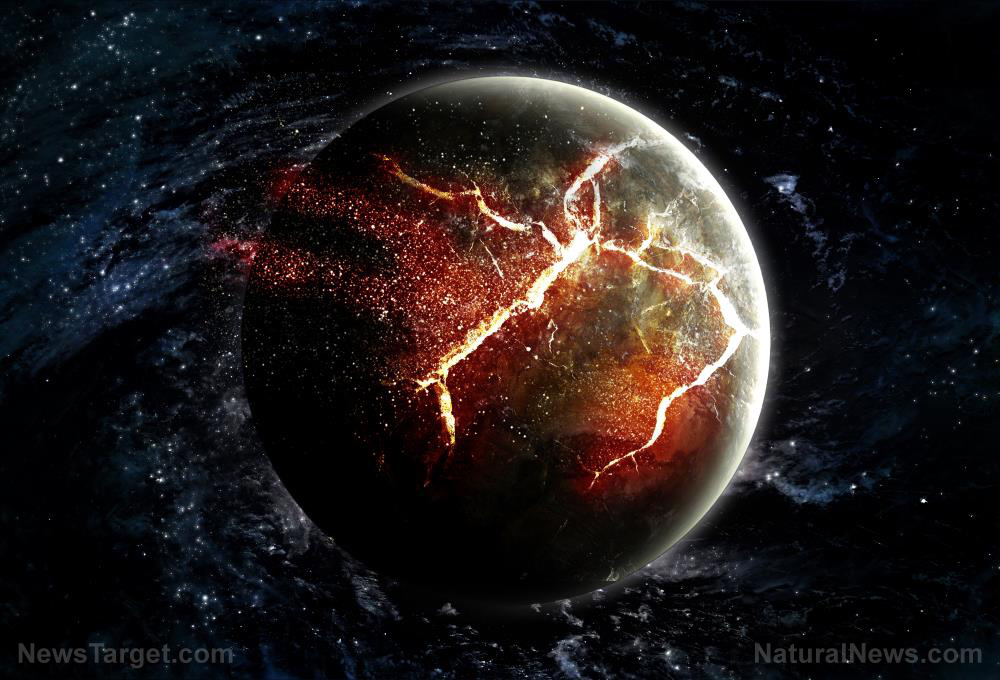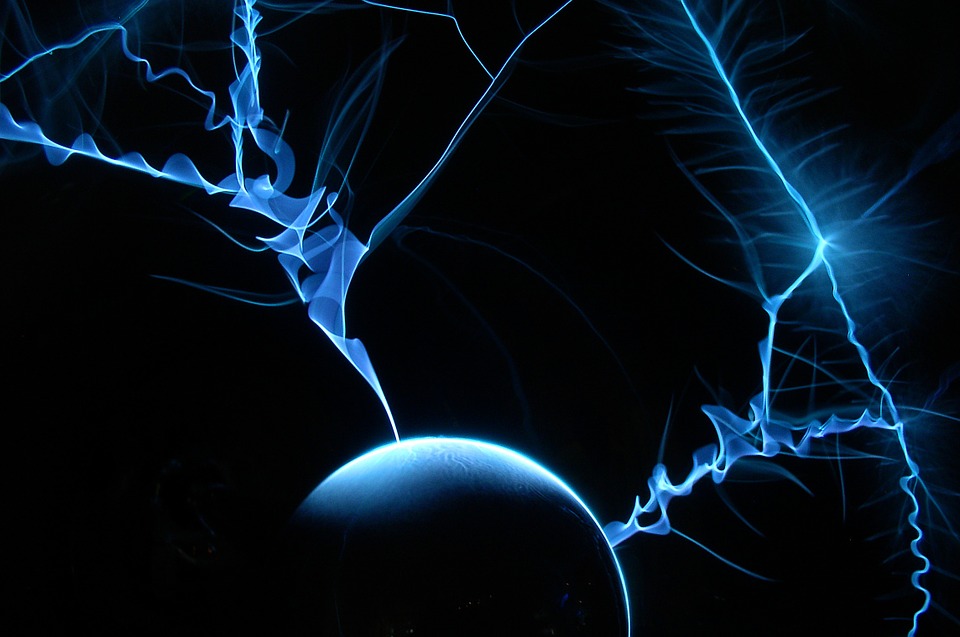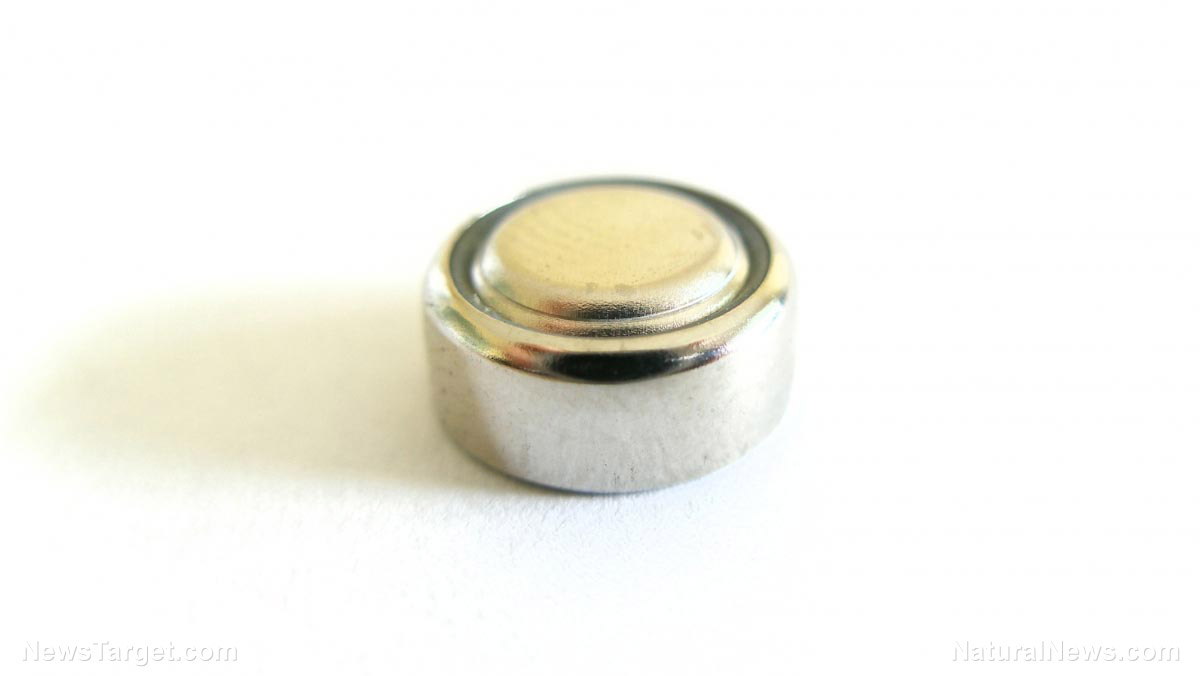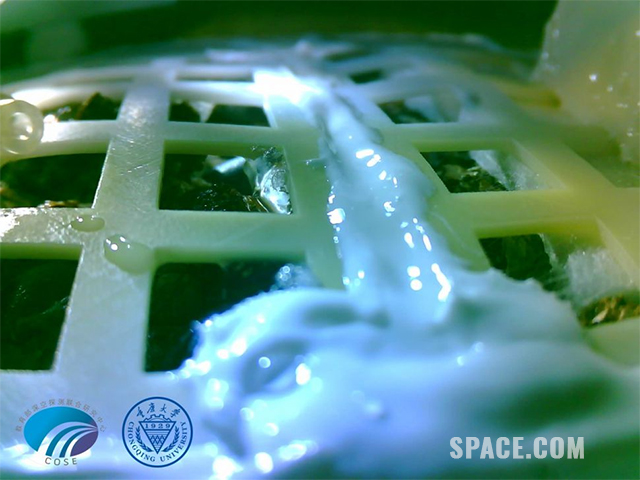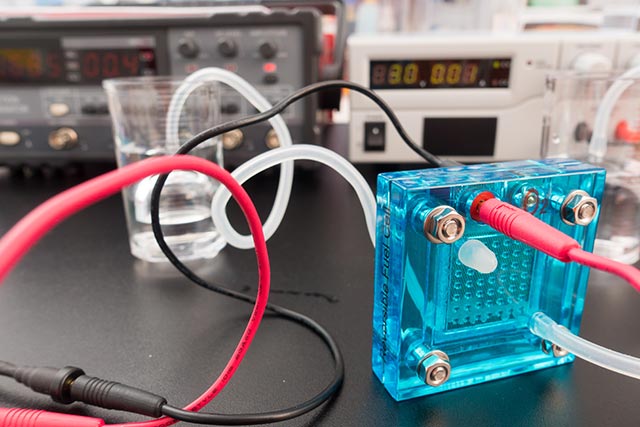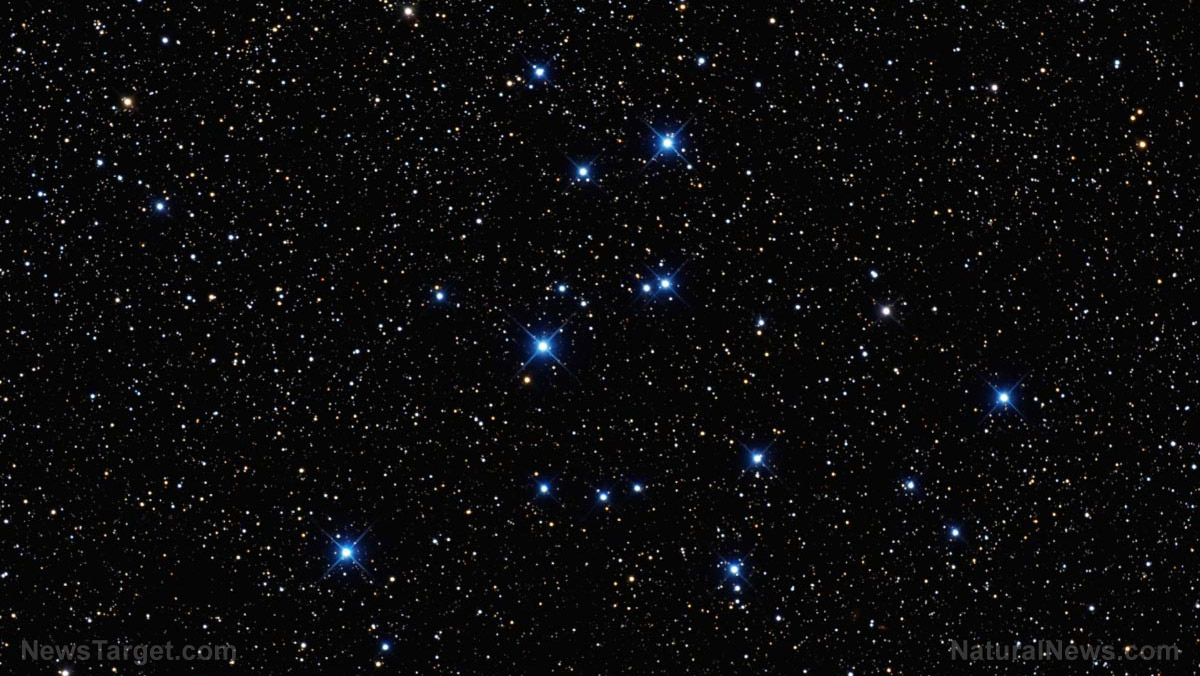Japanese satellite will drop “meteors” over the city of Hiroshima
05/02/2019 / By Edsel Cook

If you live in the Japanese region of Hiroshima, want a very special firework display, and have millions to splurge, you can contact a “space entertainment company” called ALE. Their newly launched satellite could create an artificial meteor shower in the skies above the city on demand.
Called Sky Canvas, the Japanese microsatellite is the first of its kind that can replicate the visual effect of a shooting star. It carries a payload of small pellets that will be ejected into the atmosphere once it gets the go-signal.
“We aim to produce artificial meteor showers by projecting small particles, made out of special materials, from the orbiting microsatellites,” says ALE chief executive officer Lena Okajima. “When the particles re-enter the earth’s atmosphere, they burn through a process known as plasma emission, creating the appearance of beautiful meteor showers to impress the spectators on the ground.”
Each pellet is made from selected metal compounds. As a pellet heats up during reentry, it will begin to glow brightly. The metal that comprises a particular pellet will dictate the color of the resulting plasma vapor.
For example, a copper pellet will give off green plasma, while one made from barium will burn blue. There is also an unspecified metal that produces purple flames – probably potassium, given that this chemical element produces plasma of that color when heated. (Related: Chinese officials recently announced plans to build an artificial moon, which will be 8x brighter than our natural satellite.)
New satellite can create artificial meteor showers – for a hefty price tag
ALE believes that there are cities, companies, or even individuals who are willing to pay for an artificial meteor shower that is more colorful than the real thing. When the company gets a booking from such a customer, it will order the nearest satellite to release a small number of pellets into the sky below it.
The brief light show will be very expensive. Each Sky Canvas unit is theorized to cost $300 million, the same amount as the proposed Lewiston-Auburn commuter rail line to Portland, Oregon.
ALE’s first and only operational satellite carries a grand total of 400 pellets. That might sound like a lot of pellets, but experts calculate that it is only good for 20 to 30 events with an average expenditure of 13 to 20 pellets for each artificial meteor shower. A shower could therefore cost at least $10 million to $20 million just to break even.
The original design for Sky Canvas specifies a payload of 1,000 pellets. But various reasons reduced the load-out of the satellite, which has been described as a test vehicle.
Space-based entertainment put the “show” in “meteor showers”
The Sky Canvas satellite rode aboard a JAXA Epsilon rocket that launched from a Japanese space port on January 17, 2019. It shared the ride with half a dozen other satellites.
All seven vehicles were successfully released at an altitude of 310 miles (500 km) above sea level. This is too high for the pellets to work, so the ALE satellite is currently moving down to its intended operating altitude of 248 miles (400 km).
Sky Canvas is intended to be the first of a small constellation of meteor shower-generating satellites. At least one more test satellite will follow it into orbit.
ALE’s original schedule called for Sky Canvas to hold its first show over Hiroshima and Setouchi in 2019. However, the company has delayed Sky Canvas’s debut event to spring 2020.
The Hiroshima-Setouchi regions were chosen due to a combination of clear weather, different landscapes, and cultural value. If the skies are particularly clear, Sky Canvas’s debut will be seen for 120 miles. The first meteor shower will be for free, with future shows intended to be offered on the commercial market.
Sources include:
Tagged Under: breakthrough, commercial satellite, cosmic, discoveries, future tech, Hiroshima, innovation, inventions, Japan, meteor shower, satellites, Space, space entertainment


